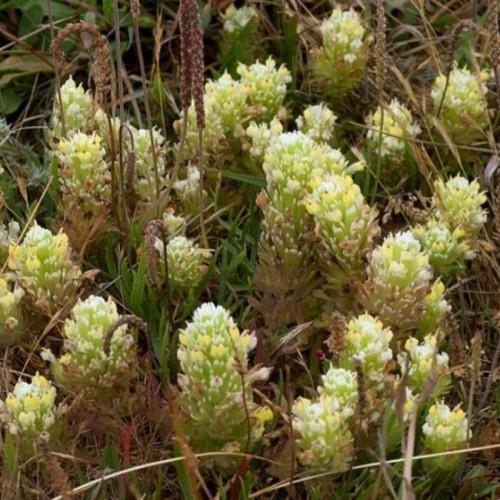
Paintbrush Owlclover
Castilleja ambigua
Also Known As - Johnny NipWatering:
Minimal
Hardiness Zone:
Flowers:
Flowers
Sun:
full sun,part shade
Fruits:
Fruits Ready In Fall
Leaf:
Yes
Growth Rate:
Low
Drought Tolerant:
Yes
Care Level:
Medium
watering
Western mountain heather should be watered moderately when the soil is dry but not bone dry, about once a week. Water should be given to the plant in the morning so that the leaves dry during the day, avoiding any water spots. Try to keep the same consistency of watering; too much water could be as harmful as too little. Water thoroughly but avoid excess at the roots. If the leaves start to yellow, then the plant likely needs more water.
sunlight
Western Mountain Heather enjoys full sunlight for optimal growth. It does best when grown in an area that receives a minimum of 6 to 8 hours of sunlight a day, though it can tolerate a slightly lower intensity of light when necessary. In addition, it prefers afternoon shade in warmer climates as this will prevent the leaves from becoming scorched due to hot temperatures. In areas where Western Mountain Heather is able to receive full sun for part of the day, it is best to keep the plant in a location that receives the most light during the morning and some shade during the afternoon.
pruning
The Western Mountain Heather should be pruned in late winter or early spring. Pruning should remove the oldest, toughest stems and help keep the shrub from becoming too leggy. Depending on the size of the shrub, pruning can be as simple as removing the weakest, oldest stems at the base of the plant, or a more extensive process. When pruning, you should aim to remove up to 1 third of the shrub’s older wood. Western Mountain Heather can also be very successfully pruned into a tree shape or topiary form. Always use sharp, clean pruning shears and cut just above a node (where the stem attaches to a branch) to ensure it is kept looking tidy. Removing any dead, diseased, or broken stems is beneficial to the health of the plant.
